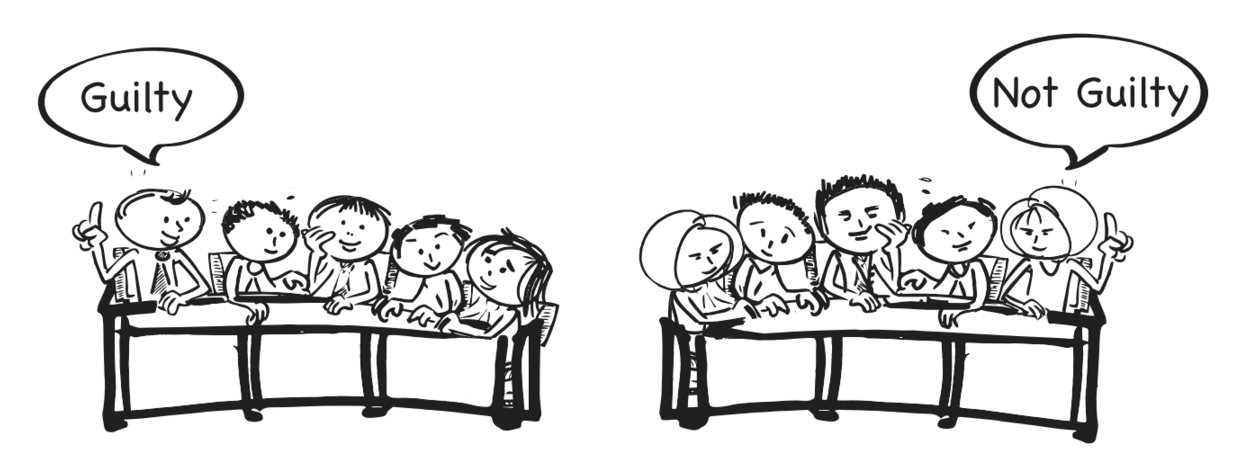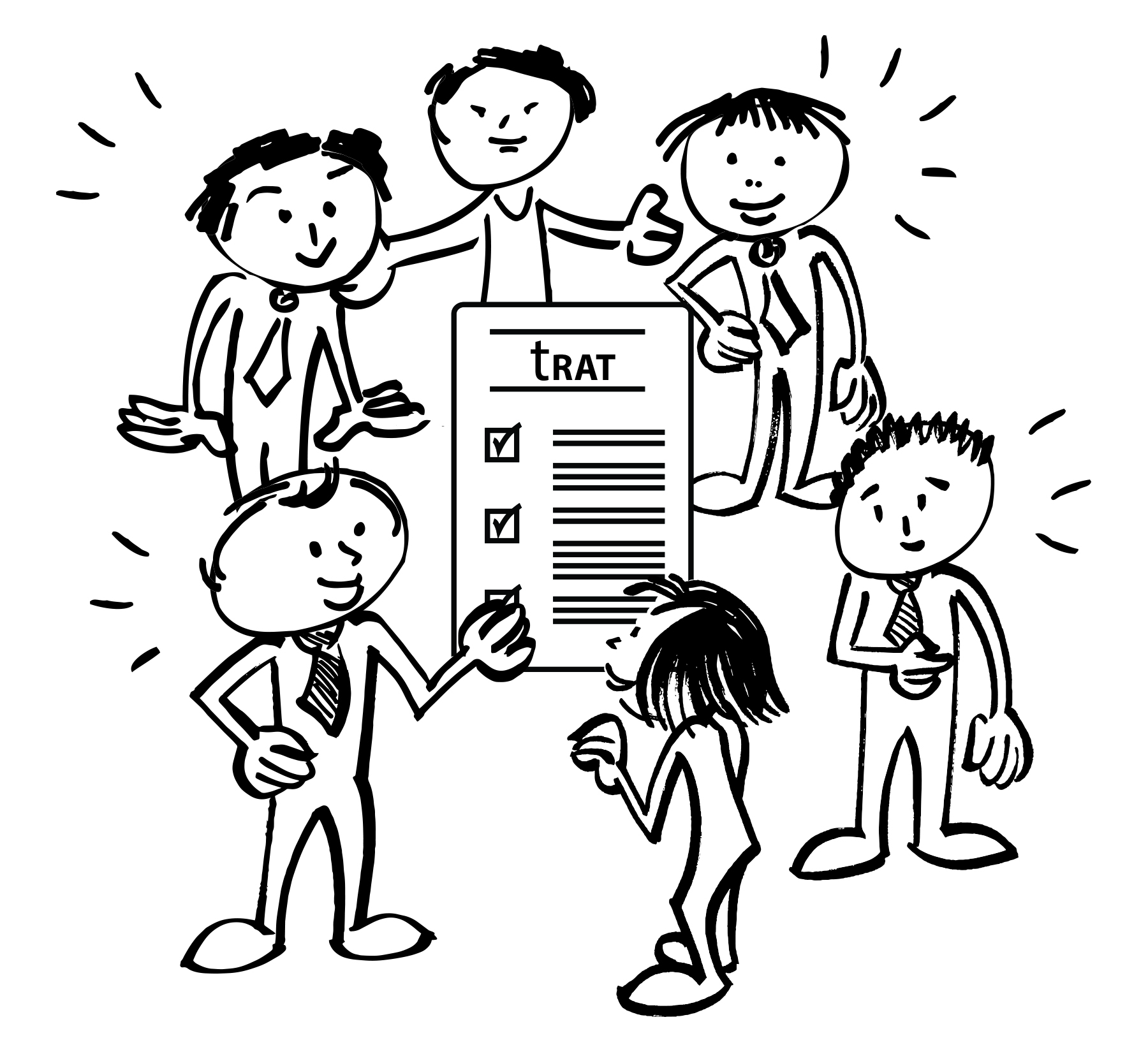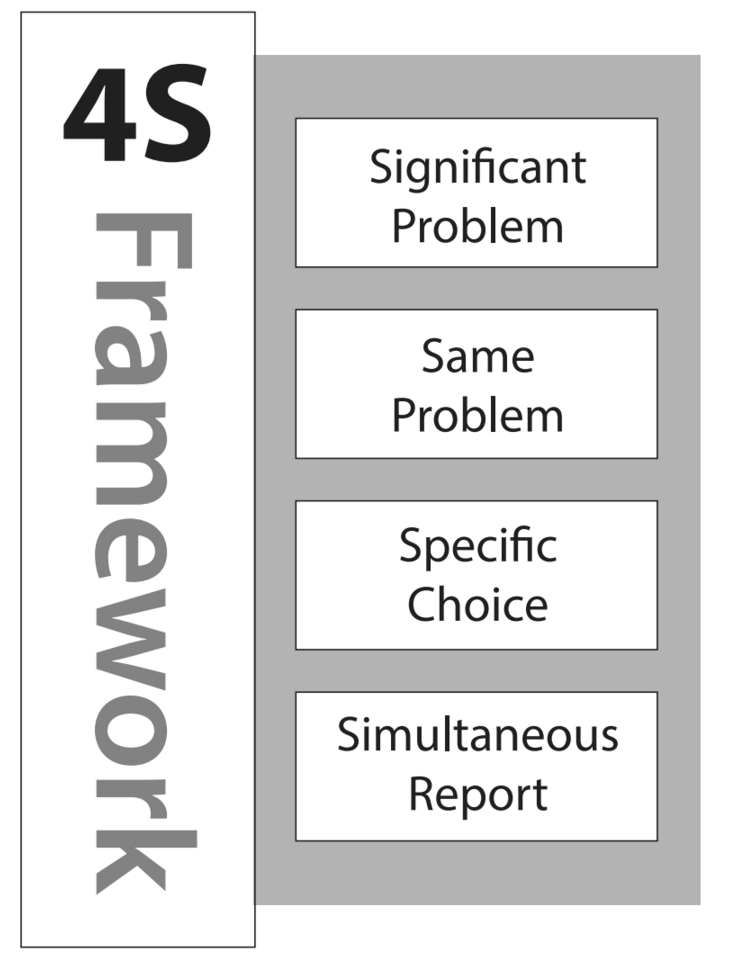All Storyboards
Watch Course Introduction video (Video 1)
Context, Mood, Motivation, Utility, Content, Prior Knowledge and Objectives
- Introduction to this course
- Over the next 14 days, this course will give you the knowledge and skills to begin developing your first TBL course.
- What is TBL?
- TBL is a unique form of small group learning that focuses on helping the student learn how to apply the course content to solve significant, interesting, authentic problems.
- Why is TBL important?
- Team-Based Learning (TBL) is a unique and powerful form of small group learning that enables you to realize the full potential of the flipped classroom by providing coherent organizational structures to design your entire course. By using TBL you can ensure that your students come to class prepared and then help them build on their preparation to turn them into masters at applying the course content to solve problems.At its heart, TBL is about student teams making difficult decisions – based on complex data analysis – then publicly committing to those decisions and quickly and efficiently getting focused feedback on the quality of their decision-making. This decision and feedback loop helps students clarify their thinking and deepen their learning.
- Why Backward Design is so important?
- TBL is a pedagogy of possibilities
- Absolutely Transformational learning – quotes
- What is really special about TBL is how well it works in large classes. More students actually make it better. It is pretty extraordinary that I can view a large class of 250 in a tiered lecture hall as a wonderful opportunity to NOT lecture and instead engage student in deep disciplinary problem-solving.
- How you can be successful at this course?
- This course has an intense schedule of activities and deliverables. You should budget about 90 minutes each day to stay up with course work. I would encourage you to read ahead to give yourself a cushion, so when life intervenes you can still keep up with course activities.
- Task with read for upcoming module
- Start thinking about module 1 Imagining Exercise: In my course, what major, culminating task/analysis/judgement would I really like to see students be able to perform well? If they could do this well, I would feel they had learned what I really wanted them to learn.You will do this by thinking about what big ideas do disciplinary thinkers wrestle with and how do they go about making their analysis and judgements, remember disciplines are more defined by the actions a disciplinary expert takes then a body of content they know.
Watch Introduction to Module One video (video 2)
Context, Mood, Motivation, Utility, Content, Prior Knowledge, and Objectives
- Context setting
- Roberson – New TBL teacher describing going 20 minutes overtime and no one noticed
- What is TBL?
- flipped class model – get student to come to class prepared and then spend class time differently
- Why is TBL important?
- get better at scale, focuses on more important and interesting part of course experience – application. Use unique learning design structure to effectively have students develop their problem-solving skills using the course content. You don’t teach these problem-solving skills rather you develop learning activities where students develop these skills themselves.
- How TBL can lead to Significant Learning?
- The importance of “REAL” Backward Design
- You will begin imagining your TBL course – what kinds of culminating activity you want your students to be able to do at the end of the course
- Inspire to do readings
Watch Overview of 4 TBL components video (video 3)
- Bring 4 TBL components to life using a story
- Introduce whole landscape of course
- Introduce Bill Roberson ideas about disciplinary thinking and grammar of discipline
- Add value beyond information provided in reading, help make reading more concrete
Watch Backwards Design and imaging my Course video (video 4)
- What is Backwards Design?
- Why Backward Design leads to Significant Learning?
- Personal story of finally embracing backwards design
- Hard work, but saves time later
- Prime students for Imagining activity
- Task with read for upcoming module
Watch Introduction to Module 2 video (video 5)
Context, Mood, Motivation, Utility, Content, Prior Knowledge, and Objectives
An analogue can help us understand the classroom dynamic we are trying to create with TBL.
Think about the work of a courtroom jury. 12 people come together to do a difficult analysis that leads to a simple to report decision.

GUILTY OR NOT GUILTY?
Juries, like TBL teams need to be big so they have the intellectual horsepower to do difficult analysis and judgements that lead to their declared verdict. The jury needs to shift through transcriptions, statement, testimony, evidence, you have one lawyer trying to convince you one way, another lawyer trying to convince you the other way, and the judge with instructions about the rule of law – this is a really complex analysis that leads to a judgment/decision that can be simply reported – GUILTY OR NOT GUILTY?Now imagine you are the foreperson for the jury….you rise to state the verdict…GUILTY
But now you notice other juries in the room…..another foreperson rises…and state the opposite verdict….NOT GUILTY
The next jury supports your position….GUILTY
But the next jury sides with the second jury….NOT GUILTY
On the lip of everyone in the courtroom will be WHY. Why do think that? How did you arrive at that conclusion? What evidence did you think was most important.
This is the exact decision-making and reporting atmosphere we are trying to create in the TBL classroom
- Importance of Backward Design
- Inspire to do reading
Watch Overview of Team Task design video (video 6)
- How analysis/judgement/public report/dialog/reflection is the heart of TBL and 4S activities.
- When we focus on having teams make decisions, and then publicly report them, this makes student thinking clearly visible and naturally leads to inter-team comparison that fuels a discussion where teams get immediate and focused feedback on the quality of their argument and the thinking that led to their team’s decision.
- Why 4S framework is important
- Introduce Roberson idea of what a discipline is, disciplinary data sets, and disciplinary thinking
- Grammar of the discipline
- Backward Design of sequence of activities in a module
- Prime for worksheet activities
- Add value beyond information provided in reading, help make reading more concrete
- Task with read for upcoming module
Watch Introduction to Module 3 video (video 7)
Context, Mood, Motivation, Utility, Content, Prior Knowledge, and Objectives
- Include video of RAP (2nd year Engineering at UBC)
- What we are preparing students for, what level and mix of questions to ask
- Inspire to do readings
Watch Overview of RAP process video (video 8)
- Classroom logistics – tell story
- Tie back to what do students need to know to begin problem solving
- Preparation leading to Readiness
- We get student to come to class prepared using something called the Readiness Assurance
Process. The RAP is more than just getting students to class prepared…it use social learning to turn that individual preparation into team readiness to begin problem solving. One of the Achilles’ heels of in-class activities, discussions and group work is students can be at very, very different levels of understanding at the beginning of class. The social learning part of the Readiness Assurance Process does a nice job of leveling the differing amounts of student preparation and understanding.
turn that individual preparation into team readiness to begin problem solving. One of the Achilles’ heels of in-class activities, discussions and group work is students can be at very, very different levels of understanding at the beginning of class. The social learning part of the Readiness Assurance Process does a nice job of leveling the differing amounts of student preparation and understanding.
- We get student to come to class prepared using something called the Readiness Assurance
- Leveling process
- Highlight where the learning is
- Add value beyond information provided in reading, help make reading more concrete
Watch Deeper look at MCQ writing and test drafting video (video 9)
- Introduce MCQ’s – label parts of questions
- Introduce usefulness of Bloom’s taxonomy and verbs
- Blooms matching activity (built in Articulate)
- Bloom’s verbs handout
- Rules for MCQ writing
- Common mistakes to avoid
- Optional articles on MCQ’s (Bjork, others)
- Additional Resources: NMBE, etc.
- Task with read for upcoming module
Watch Introduction to Module 4 video (video 10)
Context, Mood, Motivation, Utility, Content, Prior Knowledge, and Objectives
- integration and imaging whole course experience
- the difference syllabus language can make
- team formation
- peer evaluation, grading
- inspire to do readings
Watch Overview of Whole Course Experience, integration of pieces video (video 11)
- Whole course story
- Why writing a Learner-centered Syllabus is a good idea
- Getting teams ready – team formation, peer evaluation and accountability
- Add value beyond information provided in reading, help make reading more concrete
Watch Deeper look at forming teams video (video 12)
- Criterion/Instructor created vs Random vs student selected
- Team size
- Fostering team cohesion
- Using sprites like Michael Sweet diagrams in TBL in Social Sciences showing diverse results of line sort, finish by talking about doing same sort in large class settings.
- Add value beyond information provided in reading, help make reading more concrete
Watch Deeper look at peer evaluation video (video 13)
- Fink, Michaelsen, Koles, UT Austin
- Needs to have teeth
- Grades
- Add value beyond information provided in reading, help make reading more concrete
Watch Course goodbye video (video 14)
- Shoot in empty lecture hall (Swing Space?)
- Next steps – connecting with joy and fun
- Connecting with deeper resources on TBL
- Connecting with TBL community
- End of course reflection and feedback, goodbyes in discussion forum
- SRAN
